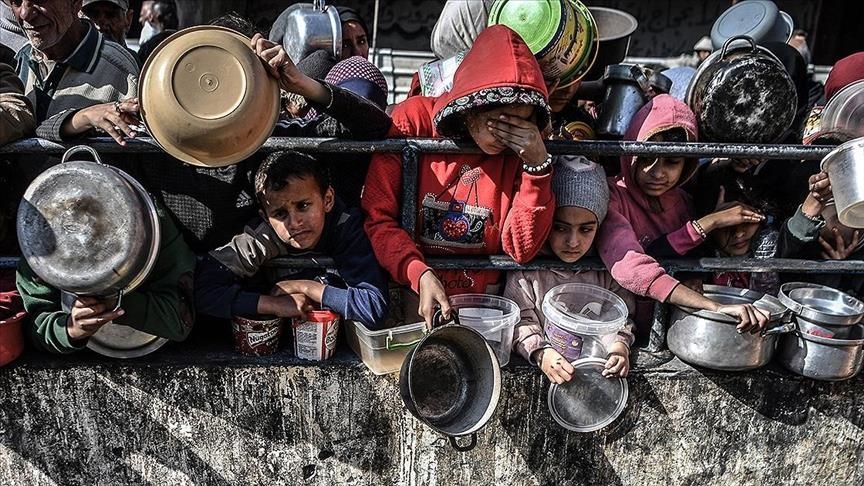Washington is considering a proposal for a 'Humanitarian Gaza Belt' as an alternative to the controversial institution

As part of its efforts to intensify humanitarian efforts in Gaza and move to the second phase of the agreement, the U.S. administration is considering an ambitious proposal to deliver aid to the sector, which would replace the U.S.-backed 'Humanitarian Gaza Institution' that has temporarily suspended its operations.
An American official and another in the relief field, who are aware of the plan, revealed that this proposal is 'one of several concepts under study', as Washington seeks to facilitate increased aid delivery after two years of war.
The so-called 'Humanitarian Gaza Belt' forms the 'backbone' of the proposal, according to a document reviewed by 'Reuters'. This belt consists of 12 to 16 aid centers, which will be distributed along the line to which Israeli forces have withdrawn inside Gaza, to serve the population on both sides of the line.
These centers will not be limited to distribution only, but will also include 'voluntary reconciliation facilities' to encourage militants to lay down their arms and receive amnesty. They will also include operational bases, primarily for the forces expected to assist the international stabilization force in disarming Gaza.
The proposal stipulates that 'the United Nations and NGOs in Gaza will be tasked with using the platform managed by the Civil-Military Coordination Center and providing the goods distributed from the centers'.
The proposal aims to deliver all aid to Gaza exclusively through these centers within 90 days, with the 'Civil-Military Coordination Center monitoring the security of the convoys and ensuring it through drone surveillance to guarantee that Hamas does not intercept the trucks'.
The plan includes a mechanism to absorb or replace the 'Humanitarian Gaza Institution' with other organizations such as the Red Cross and the 'Samaritan's Purse', which is an evangelical Christian relief organization. In this regard, Stephen Snead, a spokesperson for 'Samaritan's Purse', said: 'The organization received an offer to participate in the U.S. government's plan to provide humanitarian aid to the people of Gaza... but we do not know the details, as the (plan) is still under development'.
In response to an inquiry about the proposal, a spokesperson for the 'Humanitarian Gaza Institution' indicated that 'the institution's long-term plan is to continue providing aid as long as there is a need for it'. The institution confirmed that it currently has 'sufficient funding to continue operations until the end of November'. It is noteworthy that the institution has temporarily suspended its operations, with the last aid distribution occurring 13 days ago, and it dismantled one of its four distribution sites, but the spokesperson mentioned the possibility of 'reopening the site in other locations in Gaza'.
The new U.S. proposal is likely to raise concerns among the United Nations and international relief organizations due to its partial similarity to the operational model of the 'Humanitarian Gaza Institution', which relies on secure distribution centers with armed escorts.
A senior international relief official, who requested anonymity, expressed concern, saying: 'Describing relief centers is extremely concerning because they resemble the sites of the Humanitarian Gaza Institution in areas controlled by Israeli forces'.
For his part, an American official (who also requested anonymity) clarified that 'the proposal reflects concepts being considered by the United States', emphasizing that 'it is not the only concept for the relief operation', and declined to speculate on the likelihood of its implementation.
It is noteworthy that before the ceasefire that came into effect on October 10, in implementation of President Donald Trump's plan, Israel and the United States wanted the United Nations to operate through the 'Humanitarian Gaza Institution'. However, the international organization and other relief organizations rejected this, questioning the neutrality of the institution, and accused its distribution model of 'militarizing aid and forcing the population to displace'.